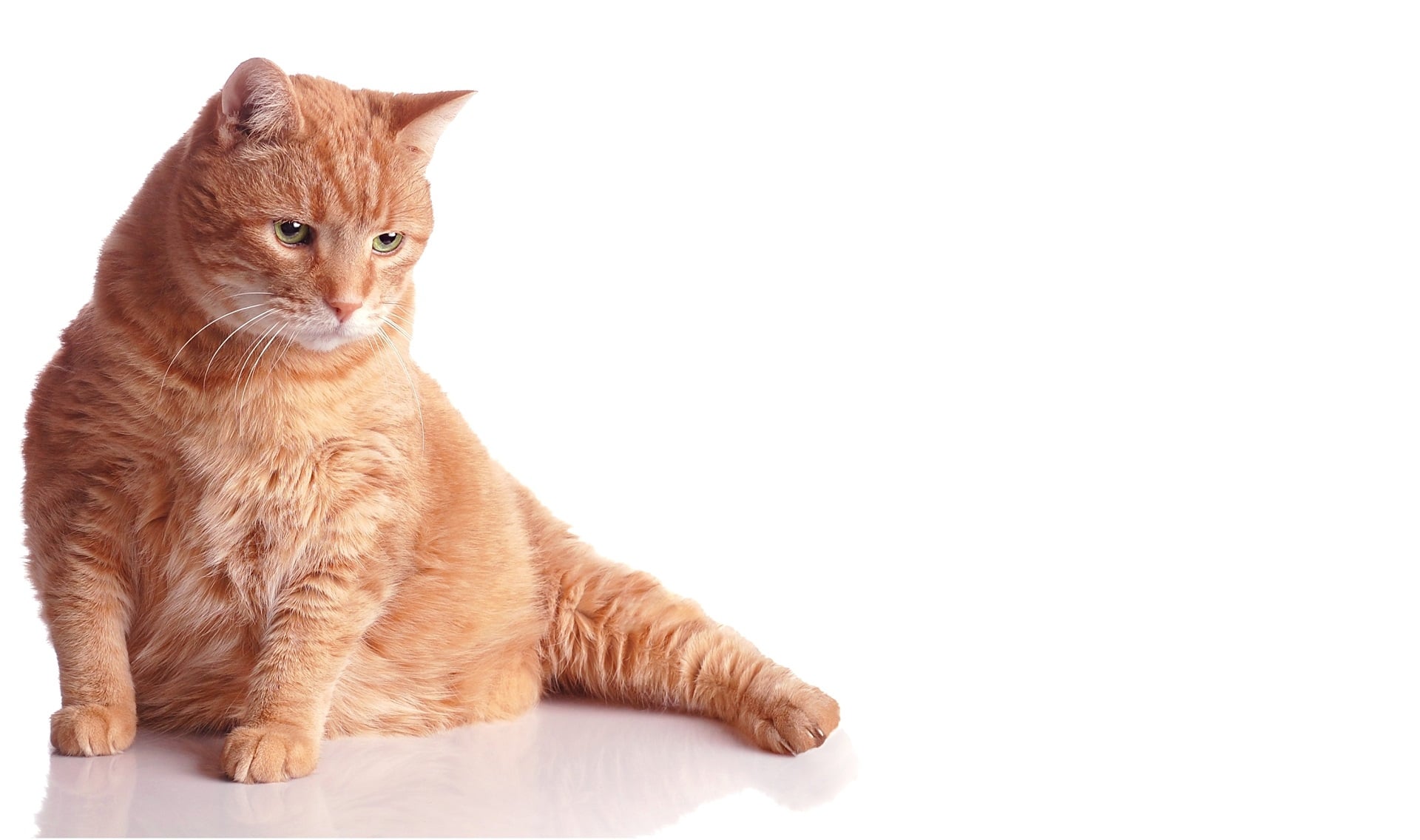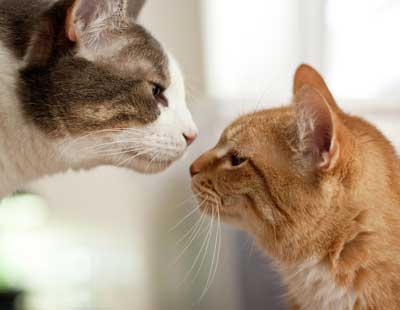Written by Rene Knapp, long time TICA member and dedicated cat lover.
What Is Feline Diabetes?
Feline diabetes, also known as diabetes mellitus, occurs when a cat’s body cannot produce enough insulin or use it effectively. This leads to elevated blood sugar levels and health complications if not treated properly.
Symptoms of Diabetes in Cats
- Increased thirst and urination
- Weight loss despite a good appetite
- Lethargy and weakness
- Vomiting or dehydration
- Walking with a dropped hind stance
Diagnosis and Treatment
Veterinary Testing
Diagnosis requires blood tests and urinalysis. Your vet will look for elevated glucose levels and other signs of metabolic disruption.
Managing Diabetes
Most cats need daily insulin injections, a consistent feeding schedule, and a low-carb, high-protein diet. Regular blood sugar monitoring is essential.
Living with a Diabetic Cat
With proper care, diabetic cats can live long, happy lives. Owners should maintain consistent routines, track symptoms, and partner closely with their vet to adjust treatment as needed.
Preventing Diabetes in Cats
Keeping your cat at a healthy weight, feeding a balanced diet, and ensuring regular exercise can reduce the risk of diabetes, especially in older and overweight cats.






















































































